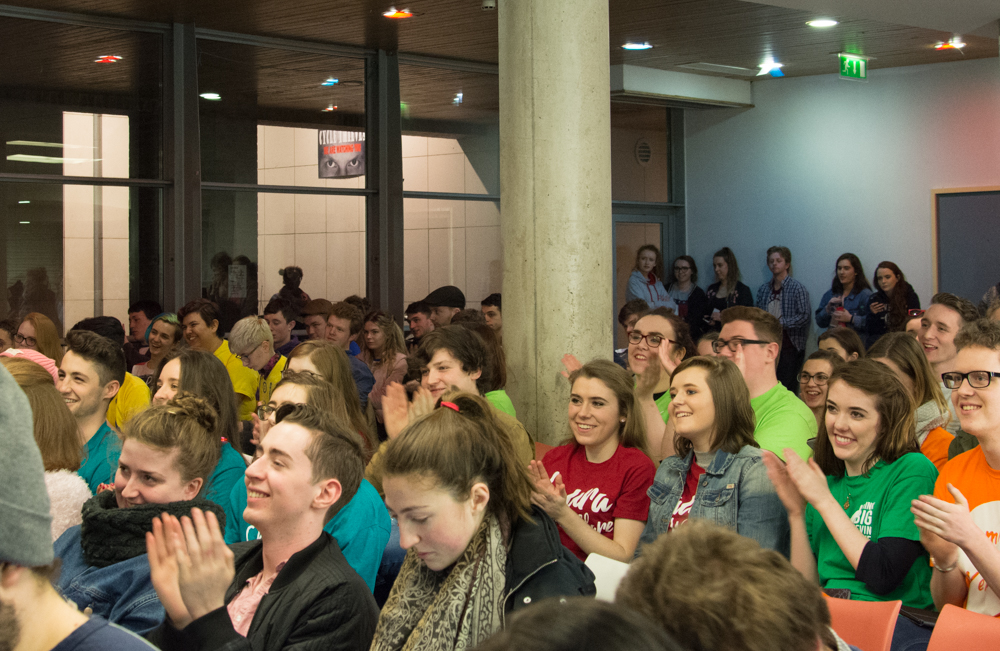Today marks the beginning of the Trinity College Dublin Students’ Union (TCDSU) Leadership Race, in which the sabbatical officers of next year will be determined. It’s the time of year when manifestos litter the Arts Block and eager first years don multiple campaign t-shirts.
But it’s also the time of year when students can participate directly in the future of the union.
The election period, which lasts from today until next Thursday, will see College, as well as off-campus sites, swamped with canvassers and campaign teams, handing out manifestos and answering students’ questions. Campaigning is only allowed between certain times, strictly policed by the Electoral Commission (EC) with penalties for offenders.
Hustings are another key aspect of TCDSU elections, giving candidates the opportunity to address potential voters in a more formal environment. Expect pre-prepared speeches and audience questions, ranging in tone from light-hearted quips to long-winded policy discussions.
This year will also see the return of Dining Hall hustings, scheduled for 4pm today. Absent last year, their restoration will provide candidates with an opportunity to launch their campaigns in the most public of settings, on the steps of Trinity’s famous Dining Hall and in full view of onlookers and bystanders.
Another change from last year’s election is the return of a longer campaigning period, lasting from February 12th until voting closes on February 22nd. Voting begins on Monday, February 19th, in Tallaght Hospital and Trinity Hall, and expands to the Arts Block, the Hamilton Building, St James’s Hospital and D’Olier Street from February 20th to 22nd. Candidates will gather nervously in the Mont Clare Hotel, where the official results will likely be announced in the early hours of the morning by the Electoral Commission.
The voting system, which is a proportional representation model, is one that employs a single transferable vote. This means that, when voting, a student ranks candidates in order of preference, including the famous RON, or “re-open nominations”, option. For the purposes of counting, RON is considered a candidate.
Aside from that, all that’s left is for you to go out and vote.







